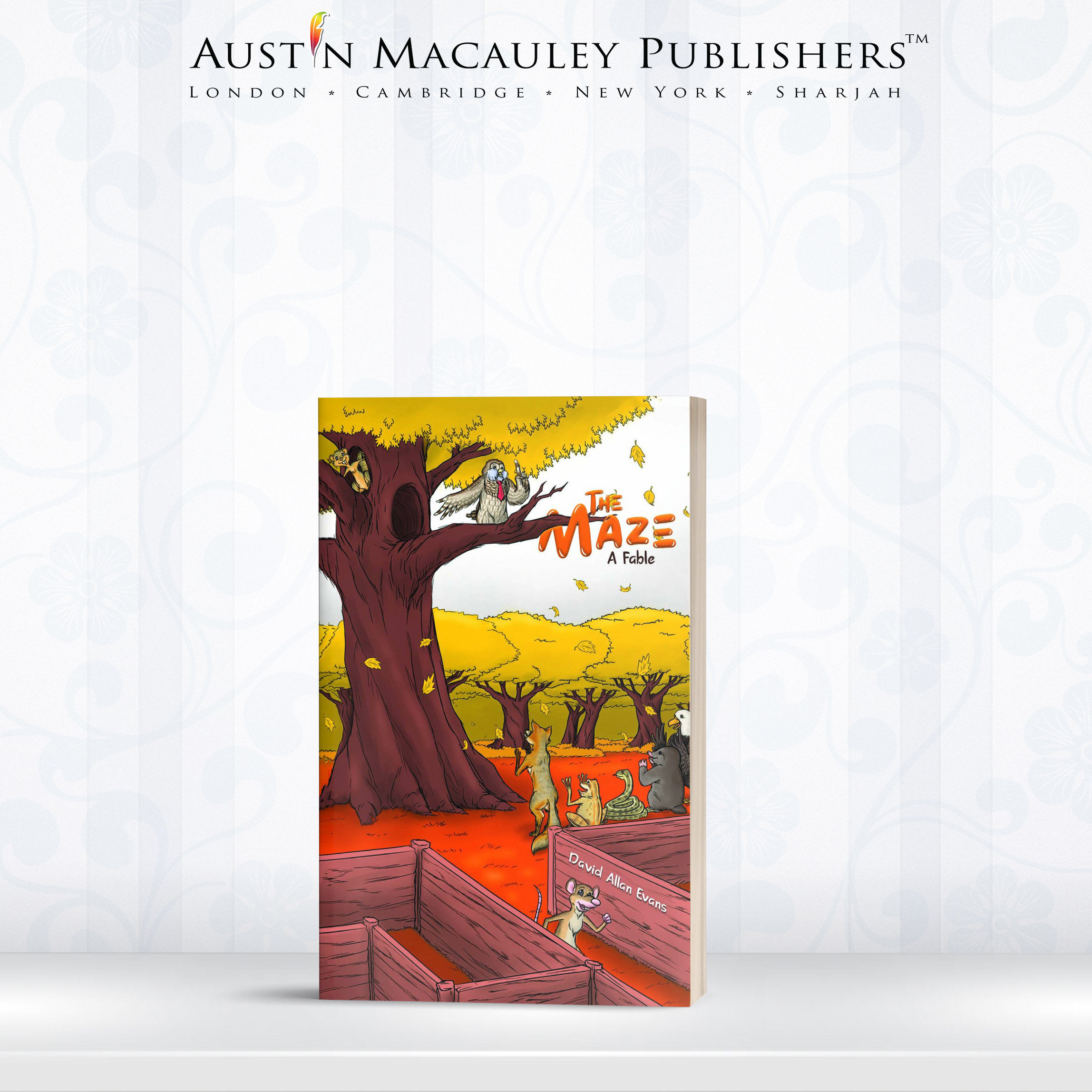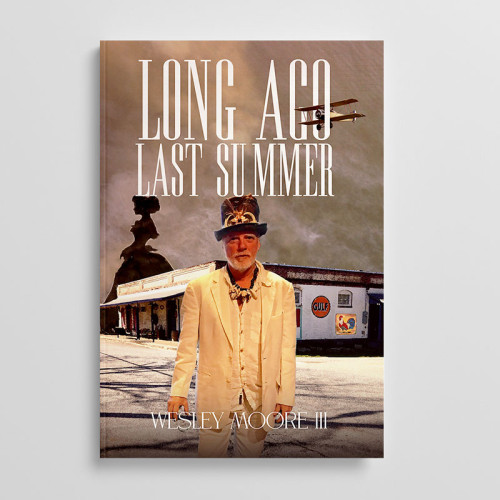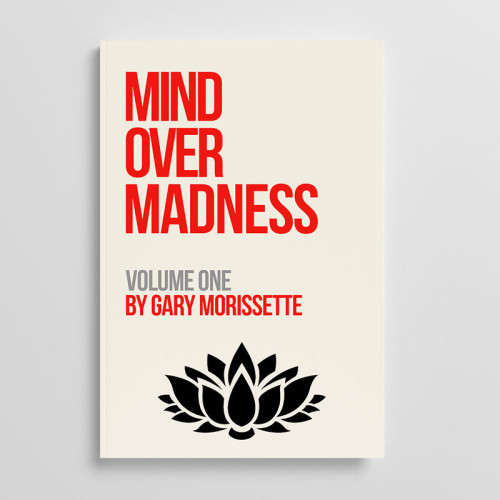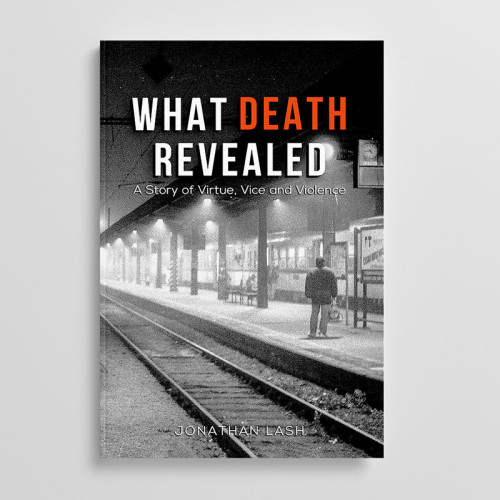
The Maze by David Allan Receives Praise From John Garvey
The Maze: A Fable by David Allan Evans gets reviewed by John Garvey. The Maze has received a thunderous response from readers and reviewers. John Garvey compares it to George Orwell’s classic, Animal Farm. John says that The Maze perfectly captures what ails the USA today. This book will captivate young readers and adults alike.
The Maze has a striking similarity to Aesop’s Fables and George Orwell’s Animal Farm. It’s filled with unique animal characters who, in their words and actions, reveal a lot about human nature. The Maze explores themes of status and power, altruism, and self-interest. It teaches us about how enemies are conquered only through group cooperation.
The author, David Allan Evans, graduated with a major in English and a minor in Biology. He has been writing poetry and fiction ever since he graduated. David was a professor of English and a writer in residence at South Dakota State University for many years. He has written nine collections of poems over the years.
You can see the complete book review below.
Animal Farm, USA
On the surface, you would think it a children's story set in the woods with all animal characters, intended for the 10 to 14 age range, and you would be right.
But read the first few pages--long enough to meet a dozen or so eccentric characters ranging from the always reassuring and widely-revered Owl to a conniving rat named Sniff--and you will find yourself in a maze of intrigue that commands adult attention while stoking youthful curiosity.
If George Orwell's Animal Farm was a fable for what went wrong in Europe a century ago, David Allan Evans' newly published fable, The Maze, captures what ails the USA today.
No matter how young or old you think you or your kids or grandkids are, neither you nor they can help but be captivated by Evans' cast: Claws, a good-natured, athletic squirrel; the kindly Grandma and Grandpa Possum; the studious, problem-solving Butterfly; Stub, a hapless mole; Wing, an activist hawk; Number Three, a non-conformist rat; Dr. Four, a quack psychologist; Spider, an imaginative designer; Snake, a loud, crude, but cooperative ally of Wing and Butterfly; and most enigmatic of all, Frog, whose "yes/no" and "fair and unfair" answers to every question are valued by those willing to consider all sides of complex matters.
My guess is that Frog is Evans' stand-in. A former poet laureate of South Dakota, author of five volumes of poetry, and literature teacher at South Dakota State for 38 years, his friends and his readers--and perhaps he himself--might think that role belongs to Wing, the high-flying poet of The Woods who describes the craft and offers advice to Claws, a poet-wannabe.
No doubt Wing's poetic advice is that of Evans, but The Maze is prose, a fable designed to make readers think long thoughts reaching far beyond the singular, striking images of poetry. His own poem, "The Pole-Vaulter" (from Train Windows, 1976), should rank among the most universal metaphors in literature with the unforgettable line, "I am committed to beginnings/ Or to nothing."
The Maze transforms that line from personal declaration into an educational tool when Number Three explains his competitive success: "[S]tarts are everything. Good beginnings create momentum. Maze Momentum, I call it." Later in the fable, Claws will re-enact that moment of decision when considering a long, life-risking leap between trees.
This is why Frog seems much more in tune with the narrator than Wing. Much like Aesop's Fables-- or like Rocky and Bullwinkle for a more recent comparison--there's a complexity to The Maze that might alarm those who insist on certainty, the self-appointed thought-police, the guardians of political correctness, the keepers of what's "appropriate." Sniff's "Kingdom of Sharing" is not what they would want or assume. Instead, it's a target of satire reminiscent of the "Sharon and Karen" skits in the final years of A Prairie Home Companion.
Most compelling about The Maze is something that might excite young readers while giving us older folk pause. It unfolds gradually: a muscular challenge to the simple division we often make between Community and Individuality. Can the ever-present tension between the two be reconciled?
When you finish, you dive back in looking to see how early and middle scenes forecast the final vote. Could be any of the 37 chapters, as they all offer clues. Just what did Grandpa Possum hope to hear from his grandkids when he told that story? Even the off-stage characters play key (if mysterious) roles: What did Crow know? Just what kind of "enemy" was Fox?
Though mostly playful, The Maze has serious bite. Evans' satire of our modern American maze is as undeniable as it is hilarious, and we are free to identify today's trap doors and who has access to them.
Other satirical passages are sobering. A chapter titled "What Is a Sniff?" includes a "catalogue essay" that could easily be the text for an ad by the Lincoln Project with merely a change of name and very little anthropocentric adjustment. As Wing tells Butterfly in the book's Coda: "I'm convinced that facts and the truth can never compete with belief."
On the surface, that's a sour note to end on, but The Maze is realistic. More urgently, it is a call for vigilance that will not be lost on young readers--which is, after all, what has made a classic of Orwell's Animal Farm.
-- John Garvey



